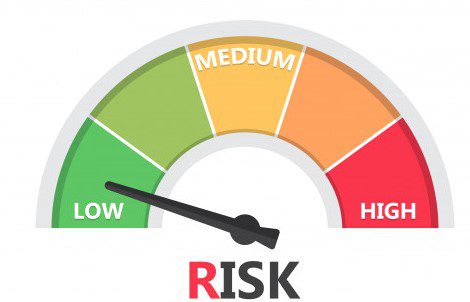Managing merchant portfolio risk is critical for organizations with portfolios of all sizes, especially amid today’s time of uncertainty and great change. As is the case with many other aspects of the payments industry, an organization’s merchant profile risk is continuously changing. This is driven largely by emerging technology, problematic products, fraud, and the ever-shifting regulatory landscape.
At the same time, it can be difficult for organizations to determine the risk level of their merchant portfolio. Several factors contribute to a portfolio’s risk level, including how an organization is onboarding and monitoring merchants in its portfolio, which industries it is working with, and which billing methods it uses. Knowing this, and to help organizations determine their risk portfolio quickly and easily, LegitScript created its Merchant Portfolio Risk Grader.
The danger of a risky merchant portfolio
Having risky merchants in a portfolio is more likely to lead to violations of Mastercard’s Business Risk Assessment and Mitigation (BRAM) and Visa’s Global Brand Protection (GBPP) card brand regulations, which were designed to protect the card brands and their consumers from illegal or brand-damaging activity. Organizations that don’t detect this activity can be hit with substantial fines from the brands. In addition to fines, high-risk merchants can cause reputational harm, chargebacks, and legal quagmires, making it even more important for organizations to better understand merchant risk profiles.
To mitigate merchant risk, many organizations deploy the important risk mitigation strategy of merchant monitoring. This is when companies monitor the merchants in their portfolios on an ongoing basis for illegal, deceptive, or otherwise risky activity.
Evaluating merchant risk goes beyond simply having the ability to detect illicit merchants. Certain industries, such as the legal cannabis and CBD industry, come with additional risk due to stricter government regulations or legal ambiguity. Knowing the appropriate compliance practices can help companies interested in working with these merchants limit their risk exposure, while still being able to pursue new revenue opportunities.
But before risk can be monitored and managed, it needs to be identified. That’s where LegitScript’s Merchant Portfolio Risk Grader comes in.
The Merchant Portfolio Risk Grader
By understanding their overall level of risk, organizations can continuously implement best practices to reduce potential risk exposure. LegitScript’s Merchant Portfolio Risk grader, a free 5-minute assessment, answers the following questions and more for those that take it:
- Do you know the level of risk in your merchant portfolio?
- What will happen if you board new merchants in emerging industries like CBD?
- Do you know if you’re following the appropriate risk and compliance best practices to limit risk exposure?
The grader consists of a short series of questions pertaining to the mix of industries, processing methods, and billing methods accepted within your merchant portfolio. It also asks questions about existing risk and compliance processes for onboarding and merchant monitoring based on card brand rules, recommendations, and best practices.
It then provides a grade with detailed recommendations on managing risk while growing revenue streams. The grade will show not only the existing risk level in your merchant portfolio, but also the potential future level of risk in your portfolio based upon industries, processing methods, and billing methods your organization is considering using in the future.
Learn more about the risk level of your organization’s merchant portfolio
Organizations can greatly benefit from having a deeper understanding of the overall risk level of their merchant portfolios. Those who take the questionnaire can use the provided insights to improve risk and compliance processes to reduce potential risk exposure.
The questionnaire is secure; any data linked to your organization or email addressed will remain confidential and will not be shared outside of LegitScript.
Take the free 5-minute risk assessment and get your detailed results and recommendations.










